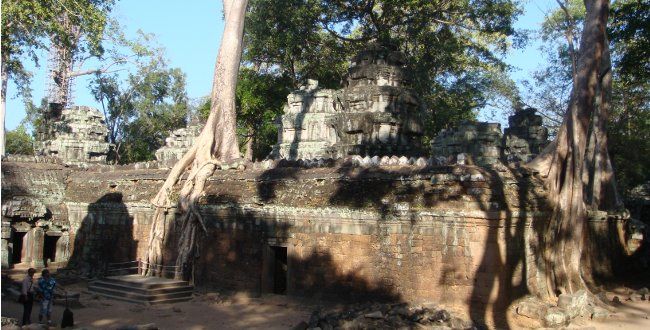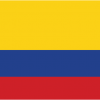
Installed by the Vietnamese almost three decades ago, Cambodian Prime Minister Hun Sen and his Cambodian People Party have ruled the nation with an iron first ever since. However, as a result ofirregularities in the July 2013 election, the CPP’s grip appears to be slipping. Not only did the Cambodian National Rescue Party, led by Sam Rainsy and Kem Sokha, pick up numerous seats in the National Assembly, they exposed the prime minister’s vulnerability to Cambodian “people power” in the process. In December 2013, Hun Sen faced his greatest political challenge as Phnom Penh streets filled with tens of thousands of protestors. The farmers, factory workers, moto taxi drivers and students were all airing their grievances with newfound confidence and a cathartic sense of bitterness. Not only were they calling for new elections, they were calling for Hun Sen’s resignation. I was amazed that Hun Sen had not unleashed their goon squads of bodyguards, military police, special forces and plainclothes “mobs” as he had done so many times in the past. He event allowed the opposition to establish a beachhead in Phnom Penh. Freedom Park, the opposition’s symbolic base of operations located on the grassy strip between Monivong and Norodom Boulevard, quickly grew into a small village built of tarps and scaffolding. It provided a symbolic rallying point where the opposition gathered, held rallies, and fanned the flames of this long overdue expression of popular discontent. The protests gained real momentum when the Cambodia’s half million garment factory workers sided with Rainsy’s CNRP. This mostly female workforce earns for less than subsistence wages in the Korean, Japanese and Chinese-owned sweatshops that make clothes for the GAP, Puma, H & S, Victoria’s Secret and many other Western name brands. Although the garment industry accounts for 80 percent of Cambodia’s exports, most of the workers earn less than $80 per month and live in cramped shared apartments or dormitories.


